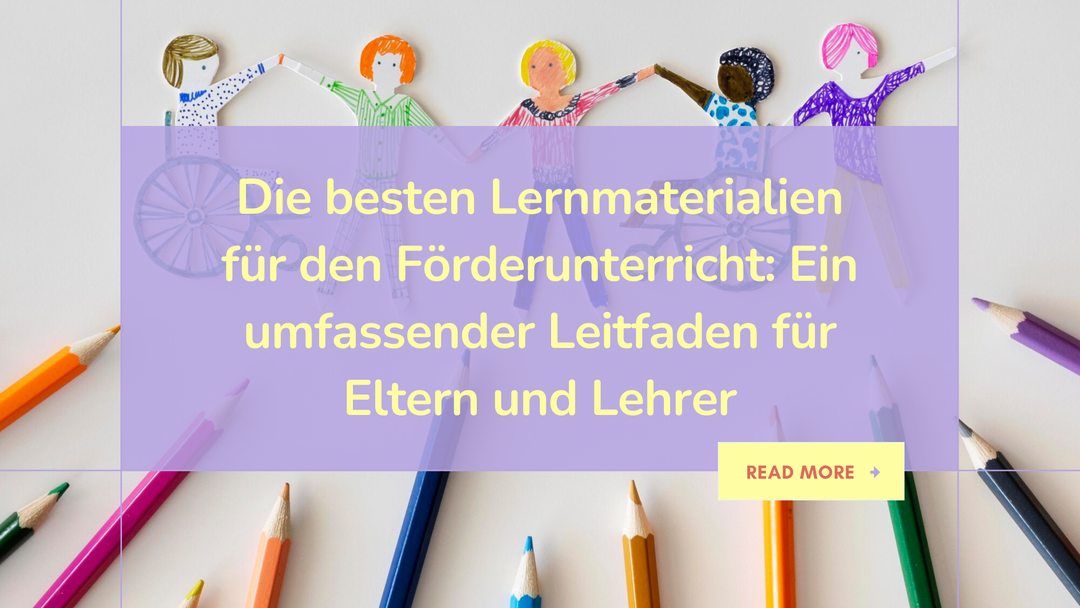Wooden toys in countries other than Germany - Switzerland

Switzerland has a long tradition of making wooden toys, as Switzerland has always had a high level of craftsmanship.
Because Switzerland is very mountainous, there are traditionally a lot of wooden toys with motifs from the alpine area, especially figures of animals are popular. Often these wooden figures are made of linden wood, since linden wood is extremely suitable for carving. Many of the patterns are borrowed from old models.

A popular motif is the cow, which is usually painted characteristically with red spots and is supposed to represent the red national flag.
This motif is known and loved by almost all children in Switzerland, just like the characteristic sound of cowbells on the alpine meadows.
German emigrants often notice that the proportion of wooden products in Switzerland is very high and that there are high-quality wooden toys in Swiss daycare centers, such as popular and elaborate roundabouts, on which metal, wooden balls or marbles can be rolled.
Even if this differs from canton to canton, studies on early childhood education in Switzerland show that wooden toys are often used in Switzerland, especially by younger children.
The whip cone - a particularly traditional wooden toy
The whip top is a specialty in the Swiss toy world. The “Totzn” has been known for a long time in the Alpine region.
This is used for a demanding game.
Roughly it is about using the spinning top to shoot previously collected coins out of a circle, this used to be a well-known pastime on the streets and even competitions were held. The various spinning tops are therefore even more widespread than in Germany, and particularly old and rare exhibits can even be found in Swiss museums.

Comparison of the toy history of Germany and Switzerland
There was a small dent in the use of traditional wooden toys in the early 1970s.
This was the first time that large quantities of plastic toys were imported from China. In the course of these plastic sponges, more and more companies have withdrawn from the market.
Since Switzerland, unlike Germany, was not as active in mass production and traditionally has higher production costs, the effect on the manufacturing industry was not as great as on the German toy market. There was a larger domestic market there.
There were also exports from Germany to other countries on a larger scale, which had a greater impact on the toy companies producing.
According to Statista, the demand for board games, puppets and puzzles in particular has increased in Switzerland in recent years. In comparison, only sales of puzzles increased in Germany.
Conclusion: In conclusion, the differences in gaming behavior are not very large, which was to be expected linguistically and culturally. On closer inspection, however, there are traditional differences when it comes to certain shapes and types of wood. The throwing top culture is also an exception in Switzerland.
The demand for wooden toys has remained high in both countries over the past 20 years.
We look forward to your comments!







Leave a comment